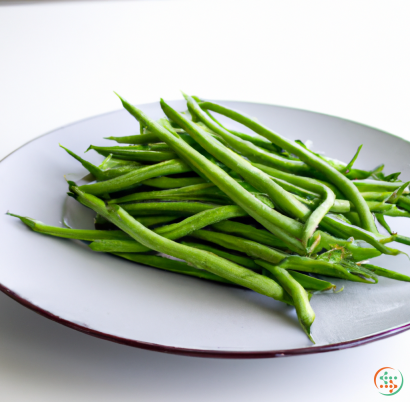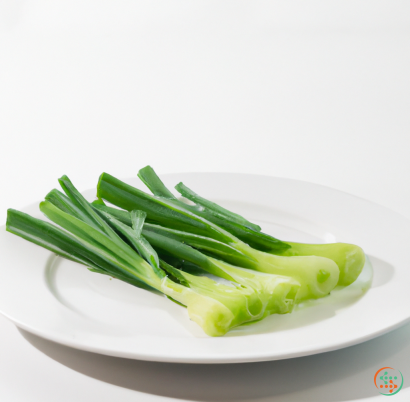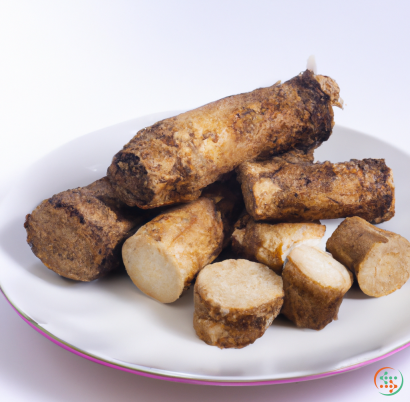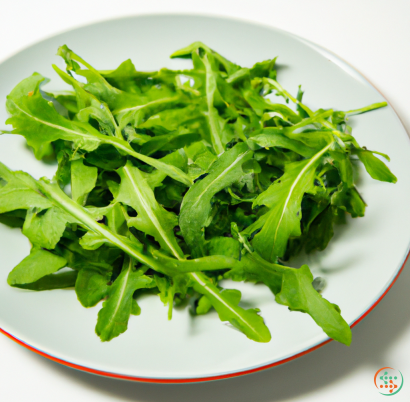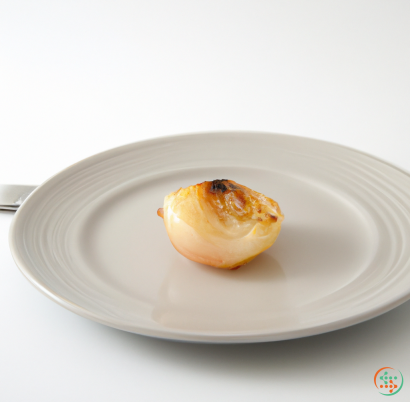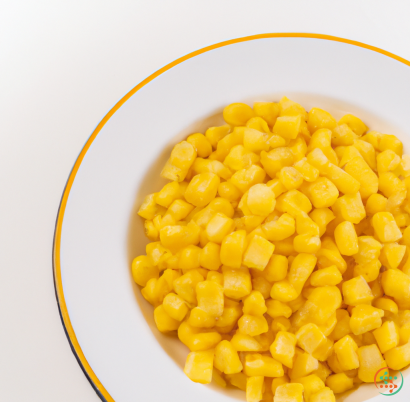Swiss Chard
What is Swiss Chard?
Swiss chard is a leafy green vegetable native to parts of the Mediterranean and known scientifically as Beta vulgaris. It is closely related to beets, spinach, and quinoa and has recently become a popular food in many countries. The leaves can be dark green, yellow, or white and the stalks can be yellow, red, or white. Swiss Chard is a nutritional powerhouse that is also easy to grow and prepare, making it a versatile addition to many types of meal plans.
The Nutritional Profile
Swiss Chard is an extremely nutrient-dense food, providing numerous amounts of essential vitamins and minerals with only a small calorie contribution. It contains very high levels of vitamin K, A, and E, as well as some of the B vitamins, copper, iron, magnesium, and manganese, among others. It is also a good source of dietary fiber and protein, making it an excellent choice for a healthy diet.
Health Benefits
Due to its nutrient density, Swiss Chard offers a wide range of health benefits. It is an especially good source of antioxidants which have been linked to a number of positive effects, including protection from chronic illnesses and reduced risk of cancer. It also provides protective compounds such as lutein and zeaxanthin which help to maintain healthy eyesight. The iron content found in Swiss chard helps to form red blood cells, aiding in energy production, while the copper and magnesium both help to reduce inflammation and muscle tension.
Culinary Considerations
Swiss chard is incredibly versatile and is used in a variety of dishes. It can be cooked in stir-fries, soups, or even used raw in salads. One of the most popular ways to prepare Swiss Chard is to saute it with garlic, onions, and olive oil until it is tender, then adding other vegetables and proteins to complete a dish. It is increasingly becoming a popular vegan option for sandwiches or wraps as well. Swiss Chard also goes well with grains, giving a dish a unique flavor and added nutrition.
Growing Swiss Chard
Swiss Chard is a relatively easy vegetable to grow, and is even known to thrive in areas of poor soil conditions. The best time to plant Swiss Chard is in the early spring, and it should be planted in full sun, preferably in a location with good air circulation. If temperatures get too high, it can be planted in a shadier location to protect from the effects of heat. Watering should be done regularly as the soil begins to dry out, and avoid over-watering, as this can cause issues such as rot or disease. Additionally, make sure to keep weeds away, which can compete with the crop for nutrients, and add fertilizer when necessary.
Conclusion
Swiss Chard is a nutritious, tasty, and easy-to-grow vegetable that can be used in a variety of dishes. Its nutrient profile makes it a great addition to any diet, while its versatility and easy-growing characteristics make it an accessible option for home gardeners and aspiring cooks alike. Whether adding nutritional complexity to meals or enjoying it as a stand-alone dish, Swiss Chard can absolutely enhance your diet.
Swiss Chard: From Plant To Plate
With its bright green leaves and crunchy texture, Swiss chard is a nutritious leafy vegetable that deserves more love. While it looks simple, there is a complex process behind the marvelous eating experience of Swiss chard. From growing the plant to arriving on your dinner plate, the journey of this nutritious green is complex and fascinating. So, let’s take a look at how Swiss chard is created and travels to your dinner plate.
The Creation of Swiss Chard
Swiss chard is a cultivar of Beta vulgaris, a species in the same family as spinach, kale, and beets. It is widely believed that this species originated in the Mediterranean region and was spread around the world over centuries. The name “Swiss chard” is linked to a scientist, G.F.W. Duvernoix, who first classified the cultivar in 1817 after finding it growing wild in Switzerland.
To make Swiss chard, farmers first prepare a soil bed and enrich it with organic material. The soil should be well-drained and loose, so it is important to loosen the soil with a shovel or rototiller to let air and water move through freely. After the soil is prepared, farmers sow the seeds into the soil, with the depth depending on environmental conditions and seed quality. Seeds should be spaced approximately 12 inches apart in rows.
Then, the farmer must provide the right conditions for the Swiss chard to grow. This includes consistent weeding and hoeing to get rid of competing weeds and grasses, as well as regular watering. Light fertilization may also be necessary, but should be kept to a minimum as Swiss chard doesn’t need a lot of nutrients. It is important to also provide enough sun (at least 8 hours a day) for the growing Swiss chard.
Transporting Swiss Chard
After a Swiss chard plant is ready to harvest, it is carefully plucked from the ground. The harvest season for Swiss chard starts in the late spring and lasts until early winter. Farmers usually harvest the mature plants but do not pull up the entire plant. Instead, they pick only the outer stalks and leave the inner ones in place, so that there will be new leaves for the next harvest.
Once harvested, Swiss chard is carefully wrapped in waxed paper or plastic bags to keep it safe while it is transported. The leaves are often harvested and prepared in the field and taken straight to the nearby market, where it is placed in cold storage. Swiss chard is typically transported in coolers or trucks to keep it fresh, as it can easily spoil in warm temperatures.
At the Market and On To Your Plate
When Swiss chard arrives at a market or grocery store, it is carefully inspected for quality and freshness. Any contaminated or spoiled leaves are discarded, and the remaining Swiss chard is placed in refrigerated cases to preserve its freshness. The produce is usually labeled with its name, origin, and price.
From the market, Swiss chard is taken to restaurants, who use it for a variety of recipes. Some popular dishes made with Swiss chard include quiche, risotto, lasagna, and casseroles. Swiss chard can also be sautéed and served as a side dish or use as topping for a salad.
Eating Swiss Chard
When it comes time to eat Swiss chard, all you need to do is give it a quick rinse with cold water and cut off the tougher ends of the stems. The leaves can then be boiled, steamed, or sautéed. Boiling is perhaps the most popular method, as it is simple and fast. You can also add other vegetables, such as garlic and onions, to create a delicious and nutritious side dish. Swiss chard is also great in salads and soups.
Nutrition of Swiss Chard
Swiss chard is an incredibly nutritious food that offers a host of health benefits. One cup of cooked Swiss chard contains 7 grams of fiber, which can help support and promote regular bowel movements. It is also an excellent source of vitamins A, C, and K, and provides minerals such as iron, calcium, and magnesium. Swiss chard is also a good source of antioxidants, which can help reduce inflammation and protect against disease.
Conclusion
As you can see, there is a complex process behind each and every bite of Swiss chard. From planting the seed to enjoying the crunchy green leaves, a lot of effort and thought goes into making sure you can enjoy this nutritious green. With its myriad of health benefits, Swiss chard is a great addition to any diet. So, don’t forget to add it to your next grocery shopping list and enjoy the amazing journey of Swiss chard from plant to plate.
| Vitamin A | 0.306 mg | |
| Beta-Carotene | 0.003647 grams | |
| Alpha-Carotene | 0.045 mg | |
| Vitamin E | 0.00189 grams | |
| Vitamin K | 0.83 mg | |
| Vitamin C | 0.03 grams | |
| Vitamin B1 | 0.04 mg | |
| Vitamin B2 | 0.09 mg | |
| Vitamin B3 | 0.4 mg | |
| Vitamin B4 | 0.018 grams | |
| Vitamin B5 | 0.17 mg | |
| Vitamin B6 | 0.1 mg | |
| Vitamin B9 | 0.014 mg |
| Calcium | 0.051 grams |
Daily Value 1.3 g
|
| Iron | 0.0018 grams |
Daily Value 0.018 g
|
| Magnesium | 0.081 grams |
Daily Value 0.4 g
|
| Phosphorus | 0.046 grams |
Daily Value 1.25 g
|
| Potassium | 0.379 grams |
Daily Value 4.7 g
|
| Sodium | 0.213 grams |
Daily Value 2.3 g
|
| Zinc | 0.36 mg |
Daily Value 0.011 g
|
| Copper | 0.18 mg |
Daily Value 0.9 mg
|
| Manganese | 0.37 mg |
Daily Value 0.0023 g
|
| Selenium | 0.9 ug |
Daily Value 0.055 mg
|
| Tryptophan | 0.017 grams | |
| Threonine | 0.083 grams | |
| Isoleucine | 0.147 grams | |
| Leucine | 0.13 grams | |
| Lysine | 0.099 grams | |
| Methionine | 0.019 grams | |
| Phenylalanine | 0.11 grams | |
| Valine | 0.11 grams | |
| Arginine | 0.117 grams | |
| Histidine | 0.036 grams |
| Total Sugars | 1.1 grams |
per 100g
|
| Palmitic acid (16:0) | 0.03 grams |
|
| Total Saturated fatty acids: | 0.03 g | |
| Oleic acid (18:1) | 0.04 grams |
|
| Total Monounsaturated fatty acids: | 0.04 g | |
| Linolenic acid (18:3) | 0.01 grams |
|
| Linoleic acid (18:2) | 0.06 grams |
|
| Total Polyunsaturated fatty acids: | 0.07 g | |


